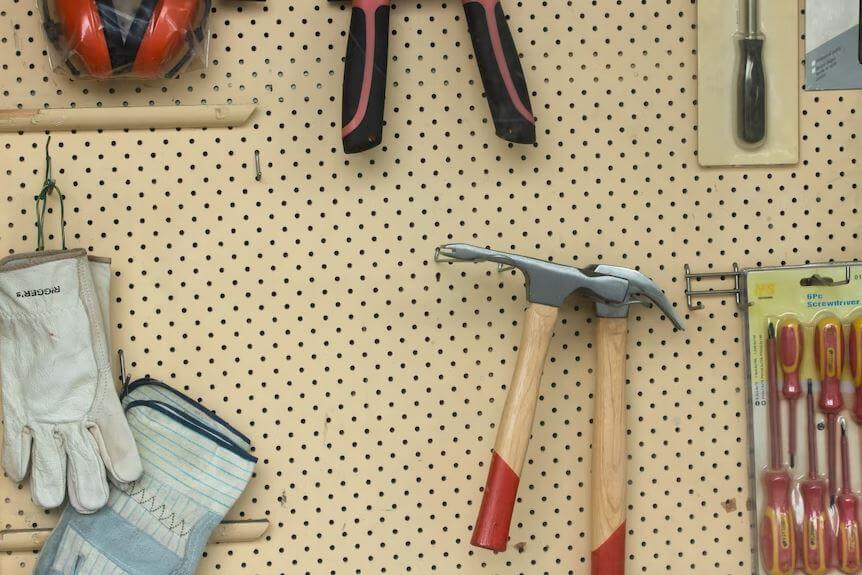While most of us enjoy the idea of spending the weekend engaged in a DIY project and hopefully garnering some long-overdue admiration from our family and friends (and some personal satisfaction!), the reality of drilling, hammering and screwing into walls, floors and ceilings leaves a lot to be desired! Making use of no-nails alternatives mean we can get comparable results with a lot less mess and fuss. So, let’s find out how!
An exciting range of new-generation no-nails adhesives is making it easier to complete simple and more advanced projects. Many traditional DIY activities that required nails can now be substituted with adhesives. These nail-free alternatives are extra-strong, water-resistant, temperature-resistant and durable glues and tapes that can be sanded, painted and even drilled into (if needed). They bond quickly and remain in place for years to come.
The best DIY adhesives
No-nails adhesives are a great addition to any home toolbox. The range of applications means they can be used indoors, outdoors, on wood and concrete, to bond metals, plastics and stone and many other materials – such a help for the homemaker.
Where can I use no-nails adhesives?
You can use no-nails adhesives in most places where you would have used traditional nails and screws, for example:
- Installing floor or wall panelling.
- General purpose wooden or other construction projects.
- As a bonding material, to repair and fill gaps.
- To install fittings or battens to concrete, bricks or masonry.
- General maintenance in the home and garden.
What kinds of products are you likely to encounter at your local hardware store? Different kinds of adhesives include:
- No-More Nails
- All-Purpose glue
- Contact adhesives
- Super glue
- Epoxies
- Power tape
Most of these adhesives can be used on plaster, wood, concrete, stone, gypsum, PVC, ceramic and polystyrene – this makes them very versatile for a range of different projects in the home and help keep the costs of home repairs and maintenance down.
If you need some advice on how to use some of these ingenuous products, here is a quick guide on where to use No-More-Nails adhesives in your home. Find out just how versatile these adhesives can be!
A clever way to use no-nails adhesives: Laying floors and decks
Laying floors and decks are one of the most popular home DIY projects and many people undertake fitting them to save on the costs of hiring a professional.
First, make sure that the floor is clean and no dirt particles can hinder the work ahead. After that, the adhesive should be measured correctly, or respectively the required amount calculated correctly. In addition, the floor covering must be measured and adapted to the room. Therefore, it needs to be cut to size. After that, the adhesive can be used. The floors must be pressed down firmly after assembly to ensure a clean result. Additionally, the floor coverings should be pressed together while assembling as well. For a particularly clean result, skirting boards can also be laid around the edges.
How much weight can these adhesives hold?
Each product has its individual limits, so you need to consult the packaging to ensure you’re not hanging items which surpass the adhesive’s strength. The products are generally very strong and will handle shelving, flooring, decking, battens and panelling with ease. Even No-More-Nails tapes can mount mirrors and picture frames to any wall. Get inspired with these ways to decorate your home.
How long does it take for no-nails glues to harden/cure?
You should wait about 24 hours before using bonded items and up to 48 hours for very heavy items. Always consult the packaging for the glue you are using to ascertain the appropriate curing time.
Getting started with nail-free DIY products
Whether you want to lay down some new flooring, hang wallpaper, give your kitchen a makeover with some new shelves or build an alcove in the dining room, no-nails adhesives will make the job much easier. You can buy a range of easy-to-use adhesives at your local hardware store and get started right away. While some projects might take some time to figure out, the adhesives themselves are very simple and straightforward to use and you’ll become a Jack or Jill-of-all-Trades in no time!
Image Courtesy: Unsplash
